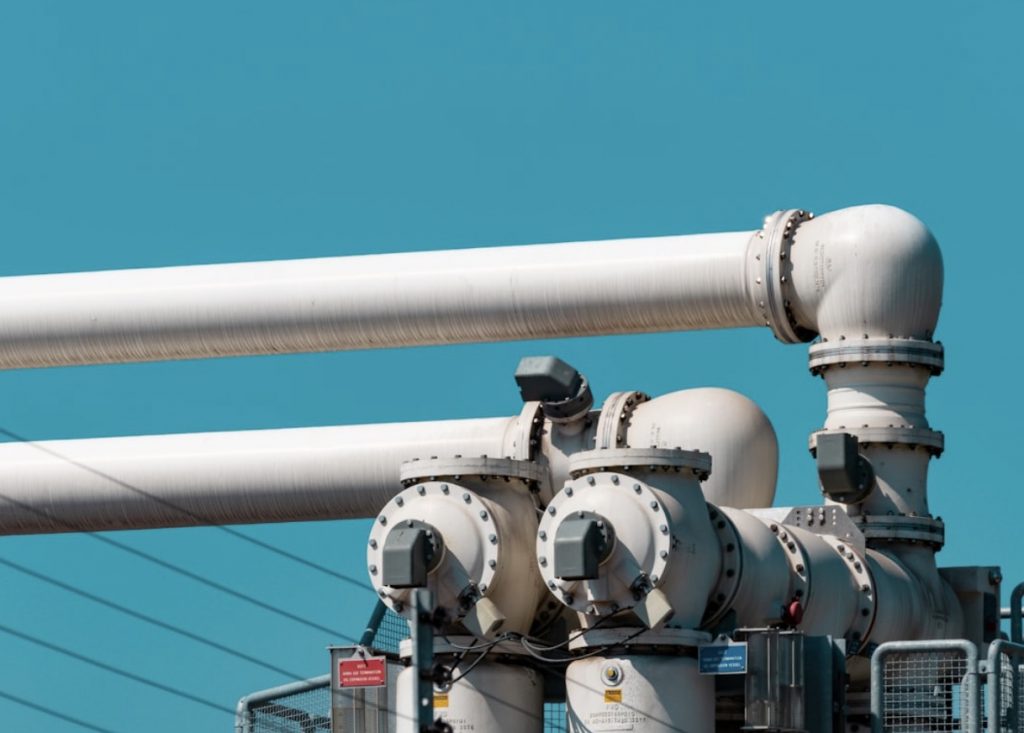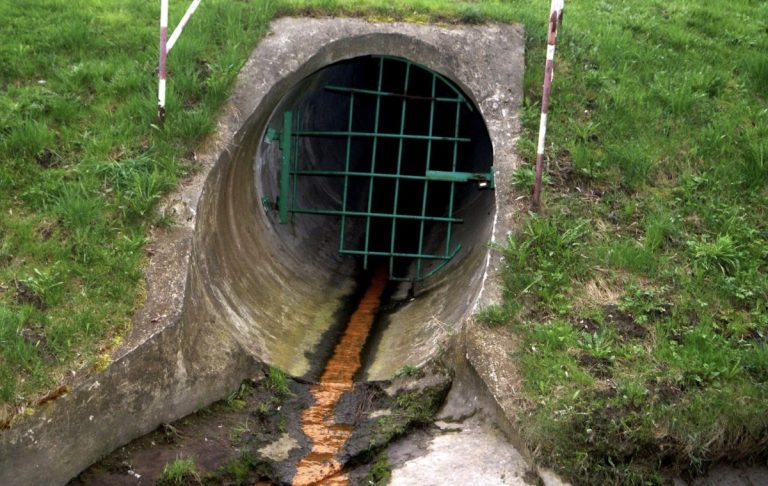Traditionally viewed as utilitarian devices, modern muck pumps are now integral components in both industrial and municipal settings. Automation, IoT, and material innovation are steering the direction of muck pump systems. Read on to explore the key technological innovations reshaping these systems, their benefits, and the future trajectory for muck pump technology.
Advancements in Pump Design
Muck pump systems have seen massive improvements in recent years. Manufacturers are now employing advanced materials that offer durability and resistance to wear for handling thick sludge and abrasive materials commonly encountered in waste environments. The integration of modular designs has made it possible to customize systems to specific operational needs. These designs lower maintenance costs and improve the longevity of the pumps despite the often harsh conditions they operate within.
Optimized impeller designs can increase the efficiency of muck pumps, reducing energy consumption in processes that require substantial energy. Facilities are experiencing less downtime and gaining more reliable performance from their equipment.
Environmental Sustainability Initiatives
Eco-conscious manufacturers want to focus on developing pumps that minimize energy consumption and limit carbon footprints. Some new muck pumps incorporate hybrid systems that can operate on alternative energy sources, reducing reliance on fossil fuels and associated emissions.
Thanks to upgradable water treatment solutions in muck pump systems, industries can recycle water and reuse waste materials. This decreases environmental impact and supports corporate sustainability goals. For maintainability, many leading-edge manufacturers prioritize designs that are easy to repair and refurbish over the traditional approach of complete replacement. Sustainability initiatives align with evolving regulatory requirements and public expectations so that muck pump systems contribute positively to environmental stewardship.
Smart Technology and Automation
Smart technology makes muck pump systems more user-friendly and efficient. Automation controls the pump’s operations with minimal human intervention and enables accurate monitoring and management. Sensors and actuators can detect conditions like flow rate and solids density, adjusting operations in real time to optimize performance. These smart technologies facilitate predictive maintenance and detect potential issues before they escalate into significant failures.
IoT-enabled systems give manufacturers remote access and advanced data-sharing features to monitor pump functionality from anywhere. The trend towards automation in muck pumping systems will maximize their value to various industries.
Remote Monitoring Solutions
Remote monitoring solutions utilize advanced telemetry technology to collect and transmit operational data to central control systems, where staff can analyze data trends and diagnose potential problems. Real-time monitoring is possible — it allows for immediate responses to operational anomalies and reduces the risk of costly downtime.
Data analytics derived from remote monitoring can give better insights into operational efficiency and areas for improvement. Notifications sent to devices can alert operators about necessary maintenance or operational issues so that pumps remain in optimal working conditions. Remote monitoring reduces the need for personnel to inspect pumps in potentially hazardous environments. Remote monitoring aligns with broader industry trends, meaning that muck pump systems keep pace with demands for increased efficiency and reliability.
User Training and Support
Companies must invest in educating their employees on the latest technologies, maintenance procedures, and safety protocols associated with operating these advanced systems. Regular training sessions help workers become proficient in using the equipment. This will cause a reduced probability of errors and accidents that could disrupt operations.
User support systems provide operators with the resources they need to troubleshoot issues effectively. Online platforms and remote support services offer immediate assistance when problems arise, minimizing response time and network downtime. Collaborating with manufacturers to provide ongoing training and resources can improve an organization’s operational efficiency. By prioritizing user training and robust support systems, muck pump operations will exceed performance expectations.
Future Trends in Muck Pump Technology
Looking ahead, several trends are poised to shape the future of muck pump technology. An area of development is the increasing adoption of robotics and automation, which will further improve operational efficiency. Robotic muck pumps that can navigate complex environments autonomously could reduce safety risks for workers and offer unprecedented operational flexibility. Artificial intelligence (AI) enables systems to learn from operational patterns and improve efficiency adaptively. The application of AI could result in enhancements in predictive maintenance.
Composites and lighter alloys will propel the development of even stronger and more efficient pumps. Innovations in nanotechnology may lead to coatings that offer increased resistance to corrosive materials and wear, extending the life of muck pumps. These technologies promise exciting advancements for the entire industry.

The ongoing innovations in muck pump systems reflect a collective effort toward efficiency, sustainability, and improved operational capabilities. By adopting these new technologies, industries are better equipped to tackle sludge management challenges and prioritize environmental considerations. The future for muck pumps looks promising — businesses can operate more effectively.


0 Comments